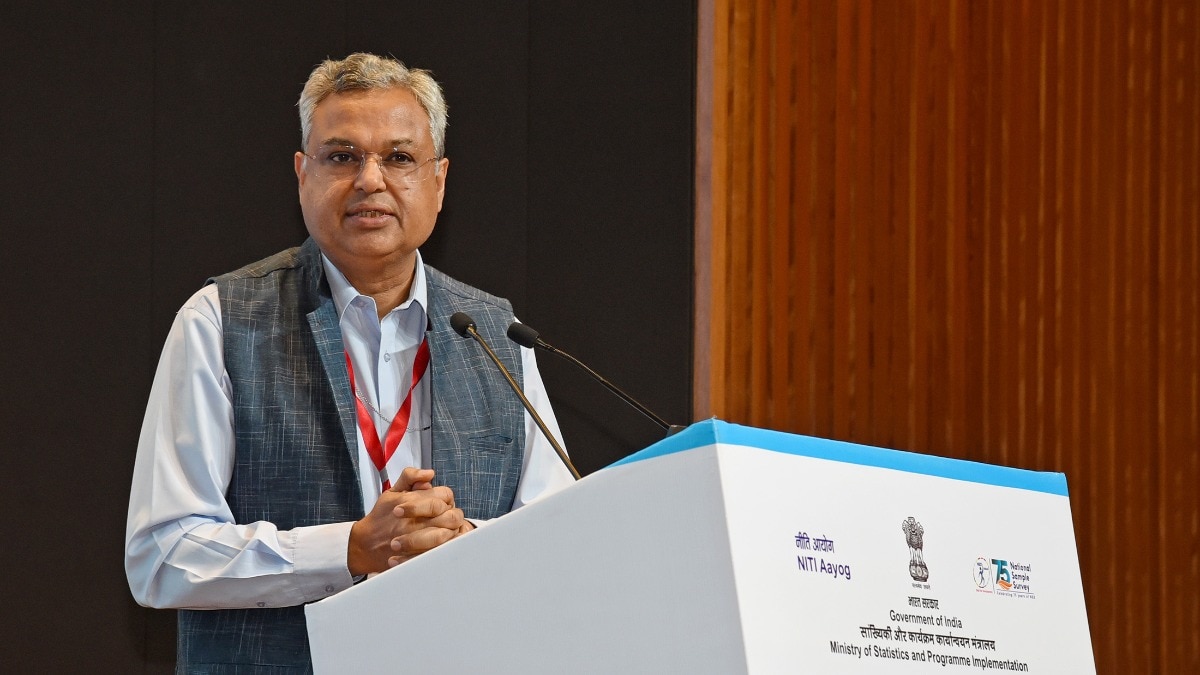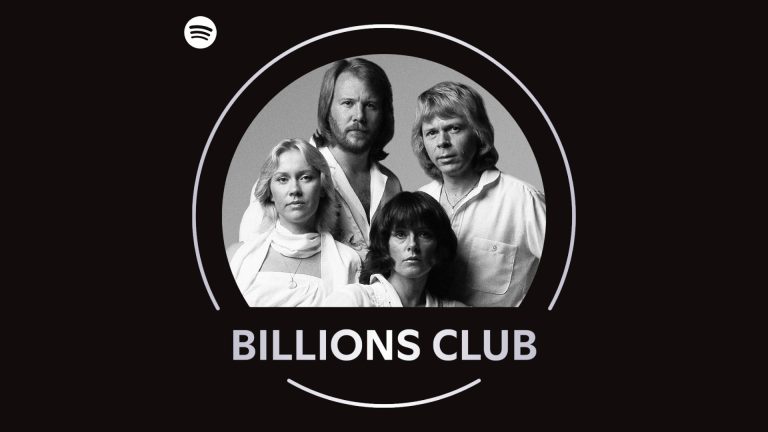With the government’s focus on data-driven decision-making, getting timely statistics has become crucial, and the Ministry of Statistics and Programme Implementation (MOSPI) is working on several surveys. In an interview with Business Today, Saurabh Garg, Secretary, MOSPI, says that the new GDP series will be released on February 27, 2026, with FY 2022-23 as the base year. He also talks about the updation of the CPI and IIP indices. Edited Excerpts:
BT: India’s statistical system was being seen as quite static with frequent lags. But in the last few years, MOSPI has released several surveys and is working on several more surveys as well as the updation of indices. How was this change brought about? What are the other changes that are being planned to keep India’s statistical system up to date?
Saurabh Garg: As the government is giving huge importance to data-driven decision-making, the role of MoSPI becomes very crucial. One important aspect that has helped in bringing the survey data faster is that nowadays, the National Statistics Office (NSO) is collecting data in the national sample surveys (NSS) by tablets through Computer Assisted Personal Interview or CAPI. There is no more pen and paper mode data collection in the surveys of NSO. With this extensive use of technology, the annual survey reports are released within 90 days and quarterly survey reports within 45 days after completion of the surveys.
Efforts are also underway to enable the generation of survey estimates at the district level, replacing the current practice of providing estimates at the state level.
To support this, the sample design of MoSPI surveys has been revised to include provisions for generating district-level estimates by the states and union territories. Frequency of surveys is being enhanced, Like PLFS results are now released monthly at All India level for both rural and urban. Efforts are also on to release ASUSE results quarterly.
To address the emerging and diverse data needs of a wide range of stakeholders, the Ministry will also launch new surveys, including the Annual Survey of Service Sector Enterprises (ASSSE), which will offer valuable insights into the incorporated service sector of the economy and is scheduled to commence in January 2026. Additionally, a forward-looking CAPEX survey initiated in 2024 will be conducted annually. Furthermore, a Technical Expert Group (TEG) has been established to guide the Ministry in conducting an all-India income distribution survey, tentatively planned for 2026.
BT: Could you share some details on the updation of the GDP base year, including which year will be used as the base year, and by when the exercise will be completed?
For GDP, a new series is scheduled to be released on 27 February 2026 with FY 2022-23 as the base year. For calculating the GDP with revised base, in addition to the use of data from the Office of Controller General of Accounts (CGA), MCA-21, and the Reserve Bank of India, the ministry is exploring enhanced use of GST data, and tapping new data sources like E-Vahan portal, UPI transaction data from NPCI, etc.
BT: The ministry is also working on updating the consumer price index (CPI) in terms of the base year as well as the basket. Of the two household consumer expenditure surveys carried out, which is being used by MOSPI for the exercise, and what is the base year for the new CPI index?
For CPI, 2024 has been identified as the revised base year, as the item basket and the weightage of the items would be decided based on the NSO’s Household Consumer Expenditure Survey (HCES) conducted in 2023-24. The new CPI series is expected to be published from the first quarter of 2026.
BT: One of the concerns with the index of industrial production (IIP) has been the volatility of the data and changes in revision. How can this be taken care of in the ongoing IIP revision exercise?
For IIP, 2022 -23 has been tentatively identified as the revised base. IIP on revised base would be released from 2026-27. In case of IIPs, the NSO regularly sensitises the source agencies to engage with the production units regarding the timely submission of data. Most of the source agencies are shifting towards online data-collection platforms for factory units, and it is expected that the extent and magnitude of revisions in IIP estimates will reduce in near future.
BT: Will the ministry be looking at more frequent updation of the data indices, given that these revisions were pending for quite a few years?
MoSPI is exploring the experimental compilation of a chain-based IIP to improve responsiveness to structural changes. The item basket and factory frame of the new IIP series would be selected using the latest data of the Annual Survey of Industries (ASI) 2022-23. HCES serves as the foundation for updating the CPI base. It has now been decided to conduct HCES about every 3 years. Accordingly, base revision of CPI will be done.
Regarding GDP, annual data in respect of the government expenditure and the private corporate sector are available. However, for the large informal sector in India, the estimates are dependent on various survey results. Attempts are being made to increase the frequency of surveys. With the availability of more datasets, a GDP base revision could be done more frequently soon.






